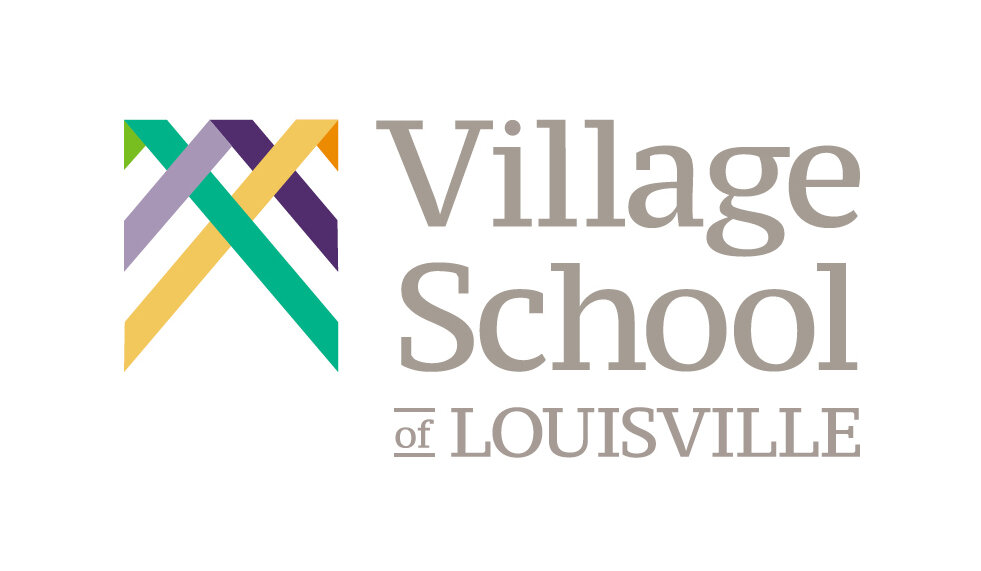What Does it Mean to be Inspired by the Finnish Educational Model?
VSL has claimed Finnish inspiration since its inception – yet few have experienced the Finnish educational system first hand to know what that means for a school in Louisville, Kentucky. Here we explain how we are growing into a Finnish inspired school.
Finland places the child first – and works with the schedule and needs of the child as opposed to those of adults. In the US, we have a detailed list of standards children as young as 4 or 5 are expected to accomplish through formal, didactic environments; these standards seem insufficiently concerned with child development and long term as opposed to short term learning goals. In contrast, children do not start formal schooling in Finland until the age of 7. Prior to age 7, Finnish children may participate in high quality childcare which is rooted in plenty of play and outdoor time. This later start to a formal educational system better accounts for the perfectly normal asynchronous development of young children and nurtures the natural gifts of childhood, such as curiosity and love of learning.
VSL values the centeredness of development with all its variability in this approach and likewise cherishes childhood. Thus, VSL focuses on the needs of each child rather than listed standards or skills. Fostering creativity, cultivating curiosity, and cherishing the gifts of childhood are far more important for long term learning and success than to meet certain standards set by individuals who do not know VSL students. While this approach may be a challenge for families to acclimate to, research evidences that learning to read or meeting certain math standards earlier, especially at younger ages, does not lead to better reading or higher academic achievement in the long run.
The same approach applies to older students at VSL; while skill and knowledge acquisition has less variability in older students, too much focus on standards and grades can result in negative feelings towards school and learning as well as anxiety which can get in the way of learning. Thus, VSL emphasizes growth and progress for all students, knowing the long term positive impact of such an approach. In conclusion a VSL education seeks long-term, lasting benefits rather than the short term test scores and skill lists full of checks.
Finland places the child first – a child’s potential is not measured through multiple choice tests or GPAs, but rather through a collaborative, qualitative process which involves parent, teacher and student. Too often, high stakes testing encourages extrinsic motivation and represents short term learning and, to some extent, luck. Multiple choice tests measure information children can easily access via their cell phones and thus does not feel relevant to their lives; they fail to measure soft skills such as collaboration, creativity and perseverance, skills which are far more predictive of what students will need in the workforce.
At VSL, we learn through interdisciplinary problem based learning – PBL better reflects adult life and thus builds skills and a knowledge scaffolding that students will use. It also allows students to see how and why particular information is relevant, thus increasing the chance that the information will be remembered and, most importantly, understood.
Finland places the child first – the physical and mental needs of children are acknowledged and met. Students are not expected to sit and do work for long periods of time – they have breaks once every hour. Most of these breaks are outdoors in the fresh air. School includes classes in arts and crafts as well as recess and warm meals for all at lunch time. In sum, children are not expected to sit and do desk work for extended periods of time.
At VSL , we allow for frequent breaks(outside when possible) and snacks as needed. We understand the benefits of outdoor time and thus have weekly forest school for all of our students. And when VSL students are in the classroom, students do not sit and do worksheets – they are up and working on projects, presenting, doing arts and crafts, and discussing topics with their classmates.
Finland places the child first by supporting the family – Finland as a country has prioritized the family and provide supports big and small to all families. By removing some of the stress and strain from parents, both parents and children thrive.
At VSL, our goal is to be a whole family education. This aim dovetails nicely with our gender equity mission. As we grow in size and resources, we plan to add supports for our families, such as a kitchen which offers breakfast, lunch and take home dinner for the whole family or a sick bay for students who are too ill to be in class but whose parents can’t miss work. By providing support for parents, especially primary caregivers, parents can spend less time on the chores of parenting and more time and focus on their relationship with their children and their personal and professional endeavors.
References:
Melinda Wenner Moyer, “Early Education is More Demanding Than Ever and Experts Have Concerns,” New York Times (April 17, 2020).
Mike Colagrossi, World Economic Forum, “10 Reasons Why Finland’s Education System is the Best in the World,” https://www.weforum.org/agenda/2018/09/10-reasons-why-finlands-education-system-is-the-best-in-the-world (Sept. 10, 2018)
William Stixrud and Ned Johnson, “Teach Kids When They’re Ready,” https://www.edutopia.org/article/teach-kids-when-theyre-ready (Feb 15, 2018)
Pasi Sahlberg and William Doyle, Let the Children Play, Oxford University Press 2019.
